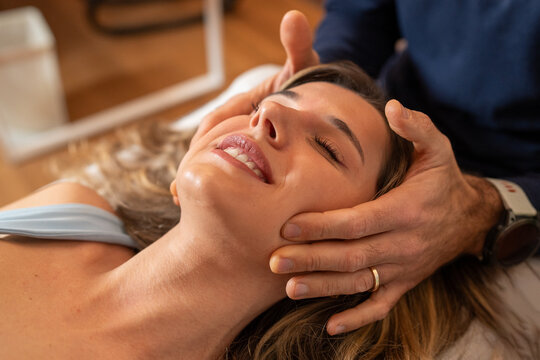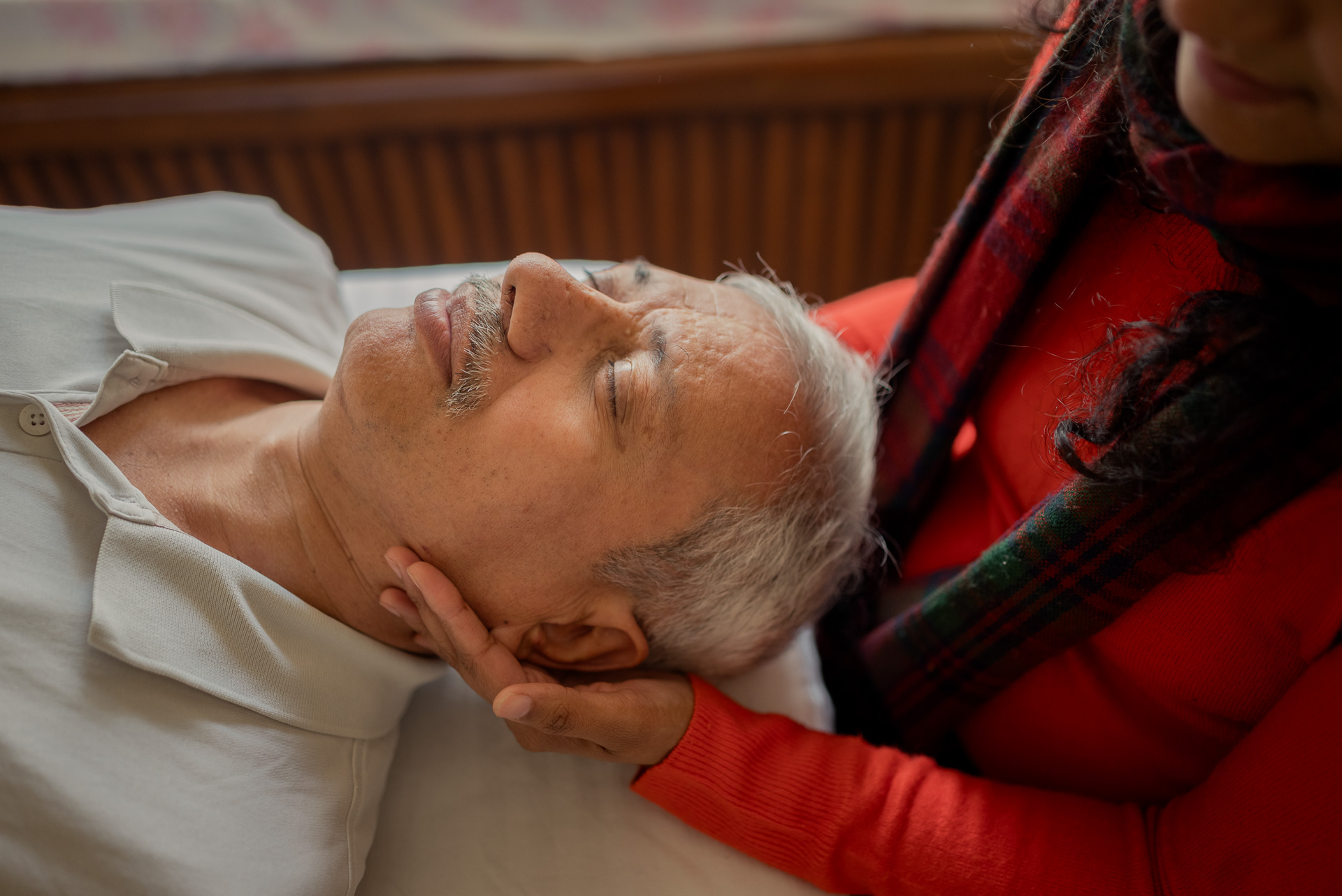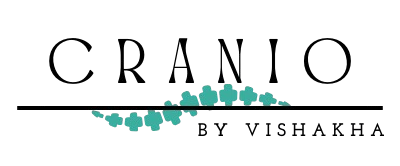Craniosacral Therapy: Real or Fake? Understanding the Truth Behind BCST

In today’s world of alternative medicine and holistic health, people are always looking for effective, non-invasive ways to improve their well-being. One such approach is Craniosacral Therapy (CST). Its advanced form, Biodynamic Craniosacral Therapy (BCST), is gaining attention. But many still ask: Is craniosacral therapy real or fake?
Skepticism about alternative treatments is natural. In a world driven by science and medical validation, questions arise. However, BCST has gained recognition due to the real benefits reported by many people. This article explains what BCST is, how it works, who it helps, and what evidence supports its use. It also highlights situations where BCST might not be the right choice.
What is Biodynamic Craniosacral Therapy (BCST)?
BCST is a gentle, hands-on therapy that works with the craniosacral system. This includes the brain, spinal cord, and surrounding fluids and membranes. It aims to find and release imbalances in the flow of cerebrospinal fluid. BCST supports the body’s natural healing process.
Unlike other therapies, BCST uses light touch. It doesn’t involve forceful techniques. Practitioners follow the body’s rhythms and respond to subtle changes. This gentle approach encourages balance and harmony from within.
BCST is a form of non-invasive therapy rooted in holistic health and energy-based healing, suitable for people looking for alternative medicine options.
Is Craniosacral Therapy Real or Fake?
CST and BCST often face doubts. Since the touch is very gentle, it may seem too subtle to work. Still, many factors suggest that BCST is a valid therapy.
Scientific and Clinical Support
Research on BCST is growing. While it isn’t as widely studied as mainstream therapies, there is evidence that supports its value. A study in the Journal of Bodywork and Movement Therapies showed that CST helped reduce pain and improve mobility in people with chronic pain. A 2018 meta-analysis in the Journal of Alternative and Complementary Medicine found positive effects on migraines, tension headaches, and TMJ disorders.
Though more large-scale studies are needed, early results are promising. Patients and practitioners often report clear benefits. These stories add real-world support to what the studies suggest.
Keywords like “scientific evidence for craniosacral therapy,” “BCST research,” and “craniosacral therapy for migraines” reflect common search queries about the effectiveness of this therapy.
Testimonials and Real Experiences
Many people have shared how BCST changed their lives. They report relief from chronic pain, stress, and emotional issues. These positive stories add weight to BCST’s credibility. The therapy’s focus on deep relaxation and natural rhythms resonates with many, creating lasting improvements.
These personal success stories are essential SEO-friendly elements for phrases like “does craniosacral therapy work” and “craniosacral therapy success stories.”
How BCST Helps the Body and Mind
BCST helps with a wide range of conditions, both physical and emotional. Here are some of the key benefits:

Chronic Pain Relief
BCST reduces tension and improves fluid flow. It helps with conditions like migraines, back pain, and neck pain. This makes it an effective chronic pain therapy.
Stress and Anxiety
BCST is known for promoting relaxation. It helps release emotional tension stored in the body. It is often used as stress relief therapy.
Trauma and PTSD
BCST allows people to process trauma gently. It offers relief without triggering past pain. It’s helpful for emotional healing and PTSD treatment.
Better Sleep
Many find their sleep improves after treatment. The nervous system becomes more balanced, supporting deeper rest. This connects with sleep improvement therapy.
Stronger Immune System
By supporting the body’s natural balance, BCST may help improve immune function. It is seen as immune support therapy.
Emotional and Spiritual Health
BCST often feels meditative. Many say it helps them reconnect with themselves and feel more whole. This enhances mind-body-spirit healing.
Who Should Avoid BCST?
Although BCST is safe and gentle, it may not suit everyone. Some cases require caution:
- People with recent head or spinal injuries should avoid BCST unless cleared by a doctor.
- Those with active cancer must consult an oncologist first.
- Individuals with infections should wait until they recover.
- People with certain neurological issues, like epilepsy, should talk to a specialist before trying BCST.
These safety considerations are important for searches like “who should not do craniosacral therapy.”
A Mind-Body-Spirit Approach
BCST is more than a physical treatment. It supports emotional and spiritual healing too. Many patients feel more grounded and at peace after a session. It’s ideal for anyone seeking a holistic path to wellness.
Cranio by Vishakha: Personalized Healing
At Cranio by Vishakha, BCST is offered with skill and care. Vishakha tailors each session to the individual. Her compassionate approach creates a safe, healing space.
If you’re dealing with pain, stress, or emotional struggles, BCST may help. With Vishakha’s guidance, you can start a journey toward balance and health.
Visit Cranio by Vishakha to learn more or book your session.
BCST Is Here to Stay
BCST is not just a trend. It is a powerful, healing practice. Many people have experienced its benefits. Clinical evidence is growing. And the stories of real people support its value.
Cranio by Vishakha offers a trusted space to explore this gentle therapy. Whether you’re new to BCST or already know its benefits, this is your place for healing.
This article uses keywords such as: craniosacral therapy, BCST, Biodynamic Craniosacral Therapy, stress relief therapy, emotional healing, chronic pain therapy, immune support therapy, sleep improvement therapy, and holistic healing.
